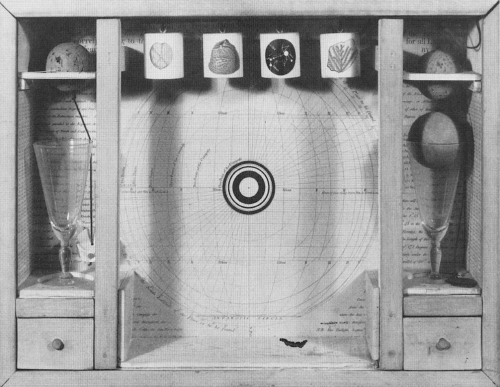Joanna Macy, author, activist, and Buddhist teacher, looks at time from the perspective of our nuclear legacy. She co-founded the Nuclear Guardianship Project aimed at “monitored retrievable storage” of our radioactive wastes. For the ongoing protection of life, Guardian Sites could become centers of reflection where the containments of radioactivity are monitored and repaired and practices from wisdom traditions are applied.

In our late-capitalist society we suffer from a strange and probably unprecedented experience of time. It is like an ever-shrinking box, in which we race on a treadmill at increasingly frenetic speeds. Thanks to split-second electronic technologies and an economic system that measures success by very short-term gains, we are increasingly cut off from other rhythms of life, and from the past and future as well. This makes it difficult for us to address or even consider the long-term results of our actions.
It was nuclear waste that made me aware of this temporal trap. The half-life of the millions of metric tons we’ve produced—from uranium mine tailings at one end of the fuel cycle to leaking tanks of plutonium-laced liquid at the other—is, in many cases, longer than recorded history. This reality challenged me to try to think about time in new ways.
In the 1970s I took part in a citizen lawsuit contesting the disposal practices of a local reactor. My research for it taught me that our radioactive legacy includes more than so-called “wastes,” and that every building, truck, and glove used at every stage of nuclear energy and weapons production is both contaminated and contaminating. Perusing statistics of miscarriages, birth defects, and cancers in the vicinity of nuclear facilities, I learned how this contamination spreads into soil, water, air, and bodies. I learned of its duration through time, corroding containers within fifty years, and remaining lethal for literally thousands of generations. It became clear that our karma—the results of our actions—extends now into geological time.
This is hard to face. So it’s no wonder that government and industry want to put nuclear wastes out of sight and out of mind. Then as now their preferred solution for high-level waste is to bury it deep in the body of the Earth.
This year, in salt caverns half a mile below Carlsbad, New Mexico, the first such repository—the Waste Isolation Pilot Project (WIPP)—opened. Though environmental studies show how the radioactivity can seep into the aquifer, the Pecos River, and eventually the Gulf of Mexico, WIPP is now receiving the first of 18,000 truckloads—about two percent—of our military waste.
On a visit to the construction site in the 1980s, I asked engineers how future generations would be protected. Showing me intricate warning systems, they assured me that the site would be safe for a hundred years or so. “And after that?” I asked. They looked at me blankly, as if puzzled by such an exotic question.
Standing there in the briefing room, I wondered how that question would be answered if we inhabited Earth with a fuller sense of time. If we felt the aliveness of Earth and our connection with those who come after us, would we still want to sweep these contaminating substances under the rug? Would we still want to hide them, inaccessibly, where they would be bound to leak and where future beings could never know the source of the poison fire that eats their bones, stunts their minds?
The Buddha’s teachings of the radical interdependence of all life, through space and time, now took on fresh meaning. I thought of the Buddhist practice of honoring the Beings of the Three Times—past, present, and future—and wondered if it could work for us in our own hurried lives. Pondering this, I realized that in my obsession with our nuclear legacy the beings of the future had become very real to me. I asked them so often, in my heart, what they wanted us to do with the wastes, that they seemed to hover like a cloud of witnesses. Sometimes I thought that if I were to turn my head suddenly, I would glimpse them over my shoulder.